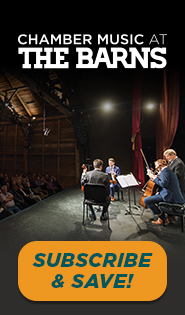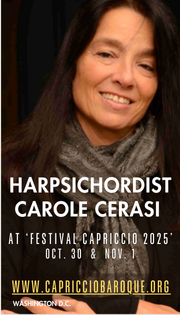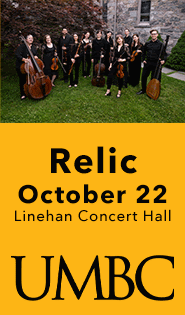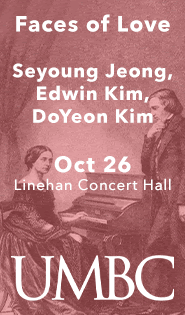UMBC’s Livewire 15 festival pays tribute to pioneering women composers
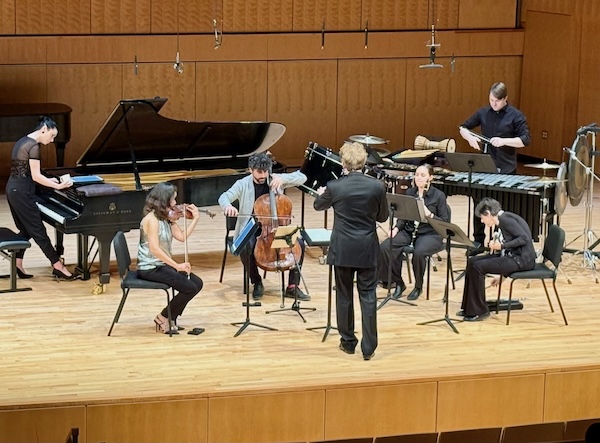
RUCKUS performed music of women composers to open Livewire 15 Thursday night at UMBC’s Linehan Concert Hall.
There are few places in the Washington area better suited to hold a new music festival than the University of Maryland Baltimore County. The school features RUCKUS, a fine ensemble-in-residence dedicated to contemporary music. Moreover, UMBC’s educational philosophy emphasizes innovation, a theme of the opening-night program Thursday of this year’s Livewire 15: “Blazing Trails” festival at the school’s Linehan Concert Hall.
The program paid tribute to innovative women composers Sofia Gubaidulina, Joan Tower, Tania Leon and the youngest, 40-year-old Zosha Di Castri, as well as her colleague at Columbia University, George Lewis, an electronic and computer music pioneer.
The first work, one movement of Sounds of the Forest, was played as a tribute to its composer, Russian-born Gubaidulina, who died in March, age 93. Flute soloist Lisa Cella expertly tore into the upper-register scales, trills and triplet figures that begin the piece, immediately distinguishing it from the composer’s usual sombre, compositions and linking it to depictions of nature from Stravinsky and Vaughan Williams, Gubaidulina’s influences. A showpiece for flute with piano accompaniment, the brief movement was only the beginning of Cella’s virtuosic playing during the evening.
In a pre-concert lecture, Di Castri, the first woman to hold a tenured chair in composition at Columbia, noted that she is concerned about how her music looks during a performance as well as how it sounds. This was demonstrated in La forma dello spazio (The Form of Space), where the winds were situated throughout the concert hall, perhaps 400 feet from their string and piano colleagues on stage.
Coordinating the music sometimes is a challenge for the conductor, Di Castri acknowledged, though that wasn’t so this evening. Conductor Philip Mann, music director of the Arkansas Symphony, stood sideways downstage, between the two groups of players. He used a large, clear beat to cue the musicians, whose sound seemed to emanate from a variety of spaces in the 345-seat hall, mimicking the mobiles of Alexander Calder and Lee Bontecou, Di Castri’s influences for the work.
A particularly interesting effect sprang from Cella’s flute and Natalie Groom’s buttery clarinet, blending together seamlessly on a series of solos though they stood about 80 feet apart in the darkness. No less innovative was the sound of small bells, which took a moment to locate: pianist Liana Harron wore them around her left ankle. She also placed one of her son’s wooden story books inside the piano, producing a metallic resonance.
Harron’s side work wasn’t nearly done, though. In the next piece, Lewis’s Hexis, she glided a plastic coffee cup across the piano’s strings and used a quarter to scrape them. These sounds added mayhem to the work, which, in calmer moments, saw Harron playing stride-like piano and the ensemble joining for a Bernstein-influenced moment.
Later, the atonality returned with percussionist Dustin Donahue using a wood block and vibraphone to imitate a knock on the door and doorbell, respectively. The atonality returned, a piccolo struggling to be heard above the din, before the piano and vibraphone reverberated to silence.
Di Castri’s mostly frenetic Sprung Testament was a request from the American violinist Jennifer Koh for a sister piece to Beethoven’s Spring Sonata. This performance was a transcription of the work for flute and piano, however. Again, Harron added to her prepared sound, placing painter’s tape over the piano strings to mute them and produce a woodblock sound in the highest notes, which ended the first of three movements. She also played an assortment of percussion instruments, suspended on a pole next to one side of the piano bench.
Leon’s Parajota Delate emphasized her experience as a composer for the Dance Theater of Harlem. It began with a disjointed waltz, both atonal and sweet, moving to a syncopated two-step, before giving way to silence and an extended cello solo. Juan Sebastian Delgado’s playing was among the evening’s highlights, as he pulled warm, rapturous tones from his instrument, which eventually faded effectively to silence.
Parajota was dedicated to Tower, whose wonderful Into the Night, a movement from her Cello Concerto, ended the evening with gusto. Its lively unpredictability was meant to represent the precarious situation she and her husband Jeff experienced when he became gravely ill and Tower wondered whether he would make it through the night.
From that sad premise, RUCKUS offered its best playing, shining as a note-perfect ensemble as well as featuring top-flight solos. Mann elicited a blended sound from his players that is far too rare in today’s music scene, as he expertly took advantage of Tower’s gorgeous chordal writing as well as plenty of frenetic cacophony.
Livewire 15 continues with RUCKUS performing Julius Eastman’s Femenine 7:30 p.m. Friday. umbc.edu

